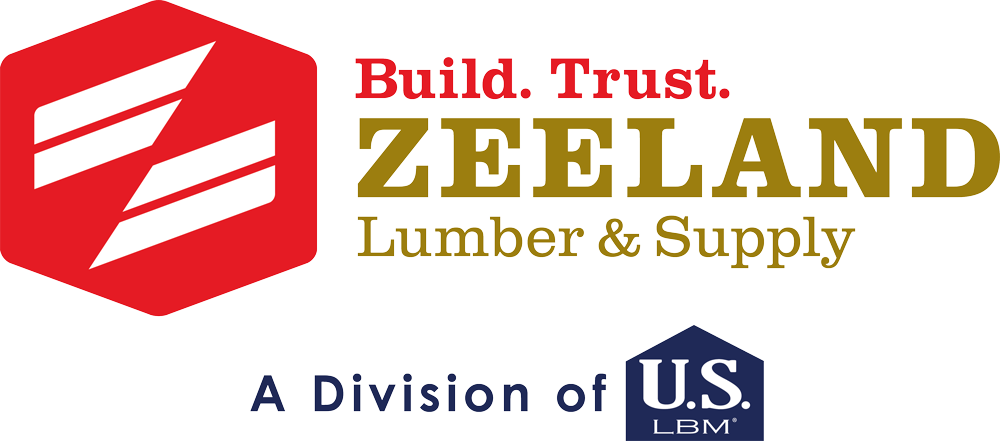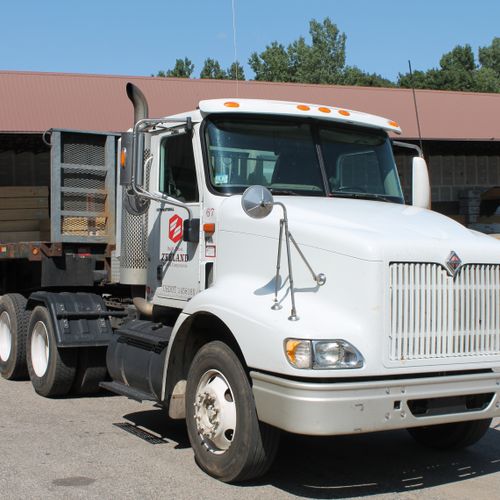John Colley, Director of Purchasing
Over the course of the last year, we have highlighted many of the issues facing the building material market. We explained the Softwood Lumber Agreement, the tariffs, the exchange rate, the problems relating to supply and demand, and we have even touched briefly on freight. Currently, the issues surrounding transportation necessitate a deeper dive as they are having an impact on our industry. The two predominant methods of transporting lumber and building materials to the market are by rail car or truck. Both approaches have their issues, but trucking remains more of immediate concern.
Trucking has a unique set of issues. The predominate obstacles that face the trucking industry are a lack of new entrants and increased regulation. For several years in a row, the average age of a truck driver rose by one year. There were limited new entrants into the industry. As of January 1st, the United States went to Electronic log books. This meant that drivers could no longer manipulate their log books to drive longer than the legal limits. This has resulted in smaller firms exiting the market or getting bought by larger firms who were better capitalized to invest in the technology needed for compliance. The result is a shortage of truck drivers and a classic case of supply and demand which has increased wages. Above average wages will inevitably bring additional applicants to the industry but the barriers to entry will make progress slow.
The most recent statistics show flatbed trucking rates up approximately 12%. Freight is only one component of pricing, but this translates into an approximate increase of 2% on all incoming material. The industry needs reliability and truck availability is light. Spot rates can often reach more than 30%. It doesn’t stop there. When competing for truck drivers, our internal costs increase as well. We inevitably compete for the best talent who have the skills to manage more than the standard “dock to dock” type delivery. Our truck driver teams must have an appetite for a variety of job site skills and a heart for the customer.
The predominant issues the market is facing on the rail side is lack of locomotive, lack of cars, and I may even add a bit of mismanagement. Problems such as a deficiency of locomotives or shortage of cars will correct itself with supply and demand corrections. Locomotive technology is improving while trains are becoming more efficient. Mis-management can be adjusted as well. Some of you may have read the news, but if you didn’t, the CN railroad fired their Chief Executive Officer in March for failure to deliver “speed and determination” in their organization. Big picture, I would expect many of the issues plaguing the rail industry to correct themselves in the near future.
What does this mean for you? A lack of truck drivers has challenged the industry and increased freight rates have added 2-3 % to many of the products we distribute. Unfortunately, these issues will stay with us for an extended period and may get worse before they get better. Ultimately, you will want to stay in front of this issue. Feel free to contact me for further discussion.
On another note, please reach out and talk to our sales or purchasing teams to ask about lead time on products. The lead times on almost all products are extending beyond what you may have experienced in the past. As always, our goal is to be boringly reliable and make sure that your projects run smoothly.

